The topic this time, “Why is there evil in the world created by Almighty God?” has long been discussed in the history of Christianity.
Because of this “Problem of Evil”, there are many people who say, “If there is a god, why is there evil and war? That’s why I don’t believe in religion!”.
This subject is called “Theology”, a term coined by the German philosopher and mathematician Gottfried Leibniz.
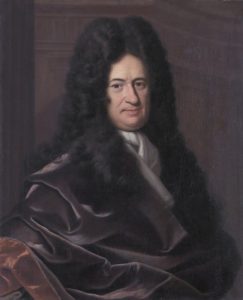
Gottfried Wilhelm Leibniz
It is also the subject of great philosophers such as Augustine and Thomas Aquinas.
I intend to provide a “final answer to theodicy” in this article, and I hope those interested will stay with me to the end.
Types of Theodicy
For now, I will go on to list two representative types of theodicy. These are the classifications listed by religious pluralist John Hick in his book, Philosophy of Religion.
*There are several other patterns of theodicy in modern times besides those listed below, but I will not discuss them here.
- Augustinian theodicy: God is the creator of the world and is absolutely good. Evil is the result of man’s original sin and abuse of free will. The “lack of goodness,” so to speak, is the true nature of evil.
- Irenaeus theodicy: God is responsible for evil, but the existence of evil can be justified because it is beneficial to human development.
Neo Buddhism Theodicy
The premise of theodicy is, so to speak, “the omnipotence of God.
It is precisely from this premise that the question arises, “Then why is there evil in the world created by God Almighty?” This is the theodicy.
But I would first like to examine this premise more closely.
What is omnipotence (or omniscience) anyway?”
The conventional concept of omnipotence assumes a static state of “there is nothing more”.
However, this would be inconsistent with the apparent attribute of God, “evolvability. It would place a limit on God’s omnipotence.
In other words, the fact that God is static is at odds with His omnipotence in the first place.
Therefore, to overcome this contradiction, God’s omnipotence must be grasped as a “dynamic thing”.

It is an image of an entity that is both whole and one, not remaining static there, but dynamically developing as both whole and one.
It is a being that renews the realm of “omnipotence” itself.
By the way, how can a being that is both the whole and the one develop, that is, “multiply”?
It is to create an individual being inside a being that is both whole and one.
This is the solution, and this is what “Creation” in the true sense of the word is supposed to look like.
The Creation as depicted in the Old Testament should not be taken literally, but as such a symbol.
If we take this literally, we fall into Augustine’s state of “letters kill…”.
After all, the Creation at the beginning of the Old Testament is suddenly contradicted on pages 1-3.
I will not go into detail here, but we can see contradictory statements in the order of creation of men and women and the order of creation of plants.
Therefore, we still have to interpret it in the direction of “let the spirit live”.
Now, then, what happens when a being (God = Reality) that is whole and one creates an individual being, a finite “phenomenon,” within that being?
That is, conflicts and contradictions will arise between each phenomenon.

The reason why this is so is that since the totality and unity of existence (God = Reality) has a “will,” the being created within it also has a “will”.
*I will write about “God having a will” in another article. This time, since this is a theodicy in Christianity, I will proceed with “God manifesting as a personal God, i.e., God with a will” as a premise of the doctrine of the Trinity.
Let me give you an imaginative metaphor.
Imagine a basin full of water. Next, hold several upside-down glass cups in your hands and submerge them in the basin.
Then, water will be in each of the glass cups, right? Glass cup A appears to contain water A and glass cup B appears to contain water B.
This whole basin of water is, so to speak, the will of God, who is both the whole and the one. We should call it “whole will”.
In contrast, the water in glass cups A and B is originally the same water, so they share the same “whole will” property.
As evidence, when glass cup A and glass cup B are pulled out of the basin, the water in each is reduced to its original “whole”.
Therefore, even though water A and water B appear to be separate, they are in fact just parts of one.
Let us call the will of glass cup A and the will of glass cup B “individual will” or “phenomenal will.
Now, we know that each phenomenon has a “will”
We finally return to the earlier issue at this point.
Each “phenomenal intention” is mutually contradictory to the other.
This is because each phenomenon is independent of the others and therefore in its own specific environment.
So, even if they share the same whole will ” to pursue happiness,” the individual specific desires of phenomenal will A and phenomenal will B may clash with each other.
This may sound like a difficult subject, but if you put it in the context of each of us, you will understand it as a real feeling.
In essence, we all share the will to pursue happiness. So we share a whole will.

However, what about individual situations?
For example, if Mr. A and Mr. B are hungry but there is only one apple, Mr. A and Mr. B may fight over the apple.
The whole will to “move toward happiness” is also common to each phenomenal will, yet in the course of time, such conflicts and contradictions will arise.
This is what theodicy calls “the state in which God is omnipotent and yet evil arises.
It is truly a “Problem of Evil”.
Looking back over the story so far, we can conclude, in a rather contradictory way, that
Necessary evil to maintain omnipotence is ” evil”.
That is why the following words of Thomas Aquinas will also be endorsed.
If evil exists, then God exists. (Thomas Aquinas, The Compendium Against Paganism, Vol. 3, Chapter 71)
What is “evil” in the first place?
Next, I would like to take up the theme of “what is evil in the first place?”
I explained with the analogy of the basin and the cup that the ultimate reality (God) has whole will and we, as individual phenomenal, have individual will.
This means that our individual wills originate from the total will of the entity (God).
In other words, we are in a state of “sharing in the total will.
Whether it is the will of the whole or the will of an individual, the ultimate goal must surely be ” happiness.
In that sense, “goodness” means “thoughts and deeds that serve happiness.
On the contrary, ” evil” means “thoughts and deeds that hinder happiness.
The problem is when an act is done for good, but the result is not happiness, i.e., it is a bad act.
Evil arises in the relationship of “happy will.
Let’s consider the previous parable again.
There was one apple here, and both Mr. A and Mr. B were hungry and fought over the apple.
Fighting is an obstacle to happiness because it can cause injury. In other words, it is evil.
Originally, the act of eating apples is a happy thing because it helps maintain the organism.
However, it brought about the misfortune of being injured as a result of fighting over apples, and the maintenance of the organism was in trouble.
It is an injury that pinches more biological maintenance than putting up with one apple.
In this case, if Mr. A were alone, the problem would not have arisen anyway.
It means that Mr. A’s happy will and Mr. B’s happy will clashed, and that is where the evil was born.

What we can see here is that happy wills have collided with each other.
It means that an unhappiness has occurred in the relationship between Mr. A and Mr. B.
That is, we can say that Evil is the conflict of happy wills in their relationship with each other, and as a result, they interfere with happiness.
I think we can replace “happy will” with “free will.
Then, can we say that if there were only Mr. A in the world, there would be no misfortune, i.e., no evil?
There are stages of happy will.
Unlike the parable above, this time Mr. A found the apple all by himself.
If Mr. A is hungry and eats an apple, it means that the apple was delicious, filled his stomach, and nourished him.
Since Mr. A’s act of “eating the apple” is “serving happiness,” if we apply the definition, we can say that it was “good” for the time being.
However, what happens if Mr. A has a happiness desire to lose more weight?
If Mr. A has the following views of happiness.
hunger < weight loss
If he eats an apple, the following diagram will be shown.
happiness of a full stomach <unhappiness of not being able to lose weight
Then, if we subtract the small and large, Mr. A would be “unhappy,” right?
Strictly speaking, however, the following diagram would be more accurate.
happiness of being full < unhappiness of having chosen the direction of not losing weight and having one’s pride hurt.
In this way, we can see that there are stages in the happy will, and that when the lower happy will interferes with the higher happy will, happiness itself is impaired and can become an evil.
However, even in this case, it is caused by a conflict between two values within Mr. A.
In other words, it remains the case that evil is occurring in the relationship between the happy wills.
It is the same in essence as the first parable.
With the above considerations in mind, let us define what “evil” is.
- The whole will of happiness of the true existence (i.e., God) is shared by human beings, who are phenomenal wills, in the form of individual happy wills.
- Evil occurs when there is a contradiction or conflict of happy wills in the relationship between individual happy wills.
What is the “evil” in “there is evil”?
Now, I have mentioned this ” being” several times in my other articles.
The difference is whether it is as a phenomenon or as an entity.
In the context of theology, the “being” of “there is evil” would obviously be “being” as a phenomenon.
If it “exists” as an entity, it is literally a fixed evil that is eternal and immortal.
As I wrote in my commentary on the Heart Sutra and the Logic of Emptiness, to ” being” as a phenomenon means to “be” for a moment in a certain temporal and spatial relationship, but this does not mean to “be” as an entity. It does not mean that it ” is” as an entity.
If we proceed with the argument in this way, though, the very foundation on which the theodicy stands is undermined.
There is an absolute good that overcomes relative good/relative evil.
Here is another parable. Here is an imagery about good and evil.
There is a maze here, and Mr. A entered the maze aiming for the exit.
Since the ultimate goal is to exit the maze, any action or event that helps him escape the maze is “good,” and any action or event that does not help him escape the maze is ” evil.
The “good” in the maze is the act or event of approaching the exit to avoid a dead end.
The “evil” in the maze, on the other hand, is the very act of hitting a dead end.
However, what happens if we view the fact that we hit a dead end as an “experience” that “this route will lead us to a dead end”?
This means that we are even closer to the exit, as if to say, “Next time, we can avoid this route. So this is a state of conversion to the good.
In this way, when Mr. A takes the right route for a moment or the wrong route for a moment, it is all a “process,” which we should call relative good or relative evil.
The ” evil” of taking a dead-end route is only a part of the “absolute good” of getting closer to the exit, if we consider it as part of the process of taking the correct route.
As I am telling you now in a parable, good and evil in life are also like this in the long run.
In other words, there are relative good and relative evil (good and evil in the general sense).
However, both relative good and relative evil, when considered beyond temporal and spatial distinctions, can be retrieved in the higher level of “absolute good.
And the ultimate true being (“absolute God”) is the absolute good where the contradiction of relative good and relative evil has been overcome.
Therefore, the “evil” in “Why is there evil in a world created by an omnipotent God? the “evil” is only “relative evil,” and from the standpoint of absolute goodness, it is only a temporary existence. This is the conclusion.
Reincarnation Overcomes “Protest Theodicy”
When we think of theodicy, we still inevitably think of it in a Christian context and premise.
Let us look back at the two types of theodicy introduced in the first half of this article.
- Augustinian theodicy: God is the creator of the world and is absolutely good. Evil is the result of man’s original sin and abuse of free will. The “lack of goodness,” so to speak, is the true nature of evil.
- Irenaeus theodicy: God is responsible for evil, but the existence of evil can be justified because it is beneficial to human development.
Neo Buddhism agrees with Augustinian theodicy in the sense that evil is caused by the “abuse of free will,” i.e., the collision and distortion of free will with each other.
The idea is that good and evil arise in the relativity of the world, in the context of relationships.
Among the individual parts of a creation, one part may be considered evil because it does not conform to some other part. If, however, that very same part conforms to some other part, it is good and is also good in and of itself. (Augustine, Confessions, 13: 19.)
However, Neo Buddhism does not adopt the theory of original sin (in the direct sense). The reasons for this will be discussed in another topic.
And I agree with Irenaeus theodicy that “the existence of evil can be justified because it is beneficial to human development.
In recent years, however, a “theodicy of protest” has emerged.
The theology of protest is protested as follows.
“Evil in this world is too tragic to be classified as ‘passive evil’ or ‘necessary evil'”
“Thus, although we believe in God, we should pursue God’s responsibility.”
This is certainly a compelling “protest” within the Christian worldview.
However, from a Neo Buddhism perspective, I still feel that the “theodicy of protest” is too “anthropocentric” and too tied to the Christian context.
Christianity does not have the idea of reincarnation, and it also lacks a theory of the afterlife so much that it inevitably gives too much weight to the phenomenal world (this world) where we live now.
From reincarnation, we can also derive the “law of karma,” so we cannot say that the misery in this world is irrational, but is based on the law of cause and effect that pervades past lives, this life, and future lives.
Sometimes it takes a long time for the relative evil to be recovered into the absolute good. It is often not possible to recover it in this one life.
Therefore, it is necessary to judge good and evil from the perspective of eternal life based on reincarnation.
If we think that certain results are manifested in this life due to the accumulation from past lives, we can feel that all things are fair.
The idea of reincarnation is the basis of fairness. Here, the theodicy of protest is dismissed.
*Reference article: What is the Purpose of Reincarnation(Samsara) – Ideas Bridging Freedom and Equality
In the above, I have examined the theodicy from a variety of perspectives, and I am proud to say that we have come up with a “final answer” as a Neo Buddhism theodicy.

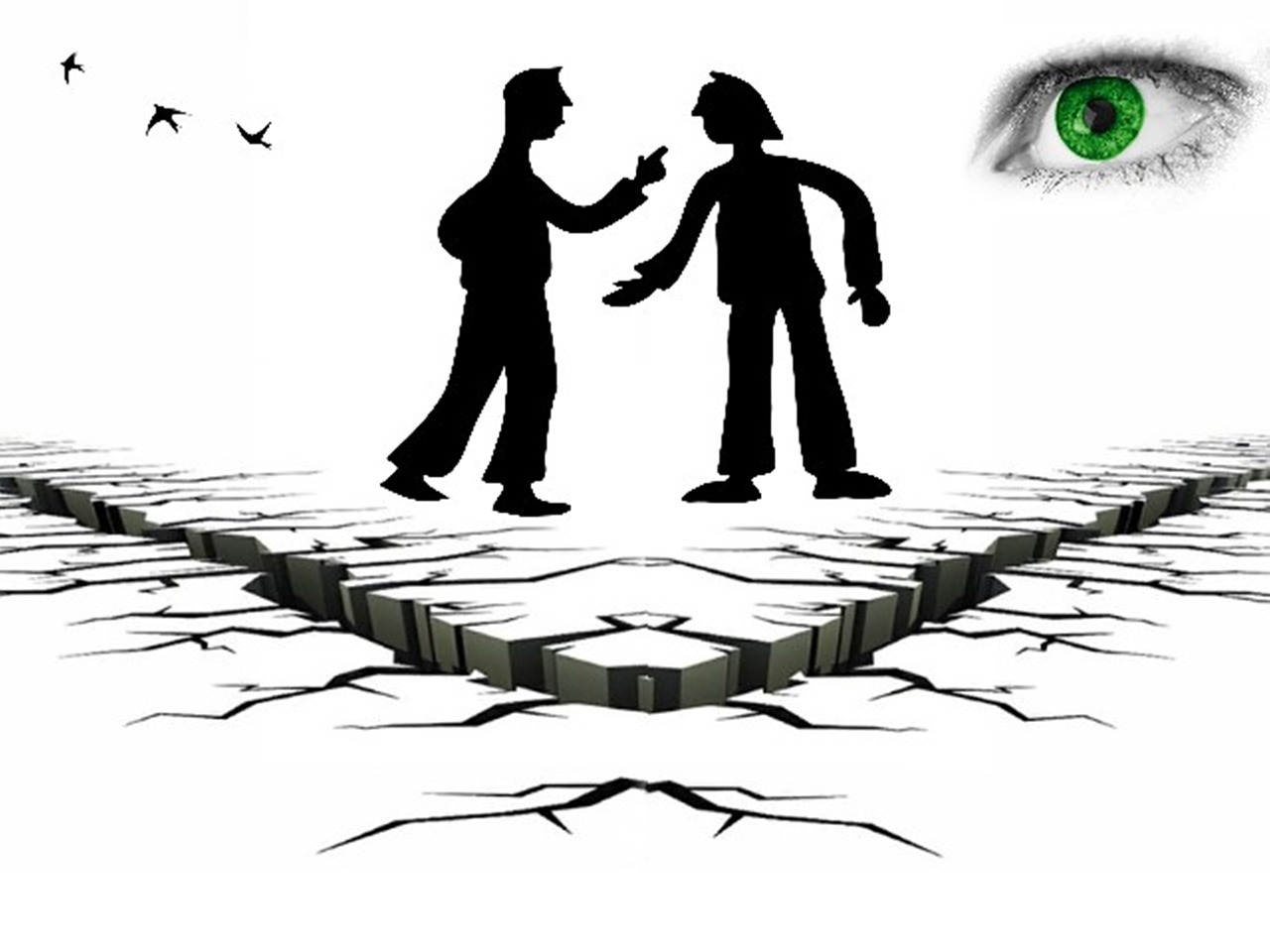
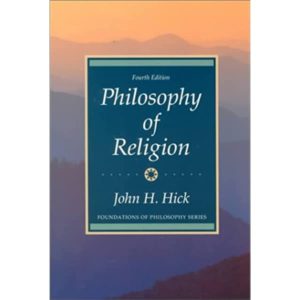
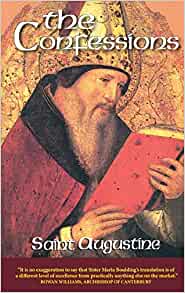


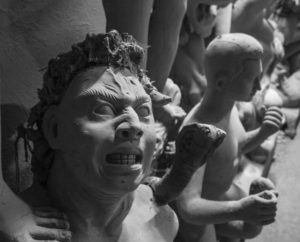
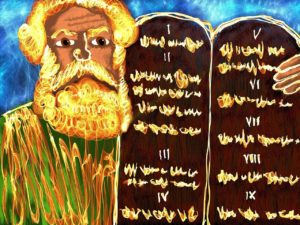

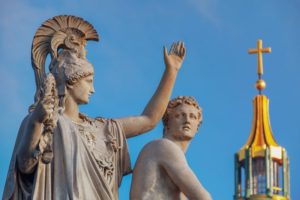

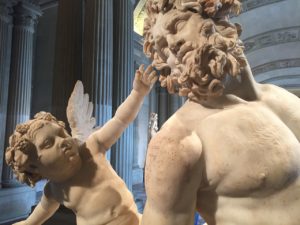
Comments